Home>diy>Building & Construction>What Is A Roof Cricket In Construction
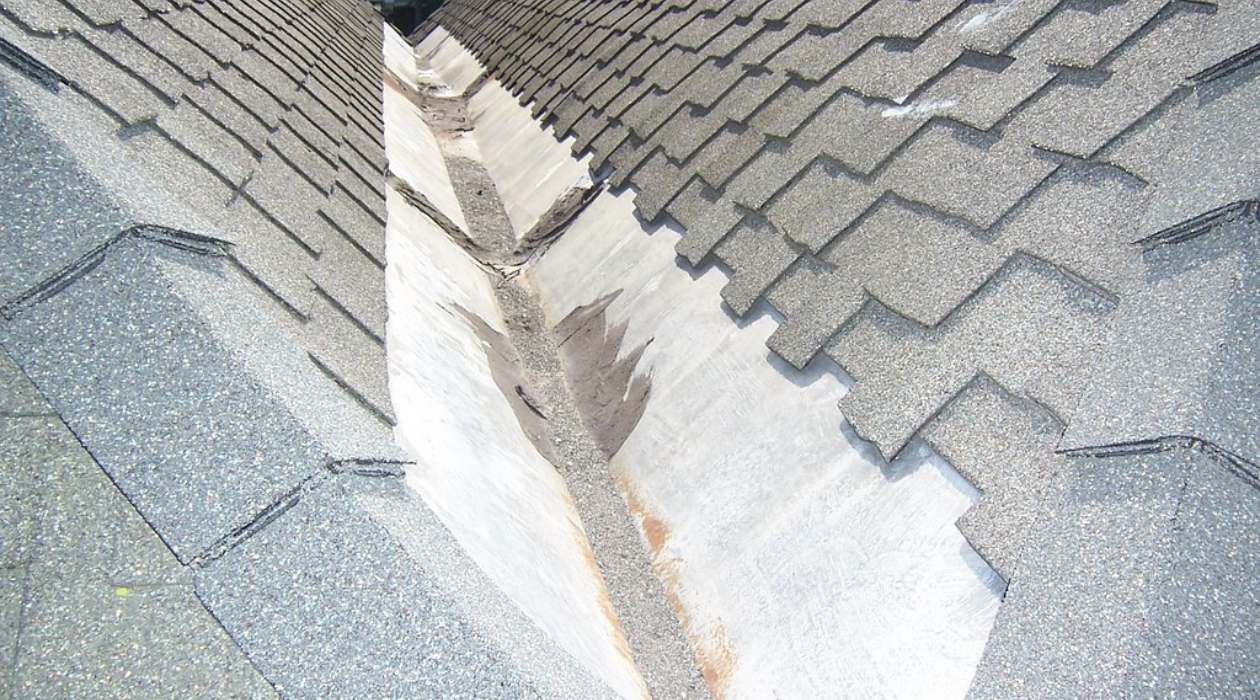

Building & Construction
What Is A Roof Cricket In Construction
Modified: February 23, 2024
Learn about the importance of roof crickets in building construction and how they help divert water away, preventing leaks and structural damage.
(Many of the links in this article redirect to a specific reviewed product. Your purchase of these products through affiliate links helps to generate commission for Storables.com, at no extra cost. Learn more)
Introduction
Welcome to the world of construction, where buildings come to life and dreams take shape. In the realm of building construction, each component plays a vital role in ensuring the safety and durability of the structure. One such important element is the roof cricket.
A roof cricket, also known as a roof saddle or diverter, is a ridge-like structure that is typically installed on the uphill side of a chimney or a roof penetration, such as a vent pipe. Its purpose is to divert water away from these areas and prevent water pooling or infiltration into the structure.
In this article, we will dive deeper into the world of roof crickets, exploring their definition, purpose, and importance in construction. We will discuss the different types of roof crickets, the materials used in their construction, the steps involved in building one, common mistakes to avoid, signs of a damaged or inadequate roof cricket, and the benefits of hiring a professional roofing contractor for its installation.
So, let’s buckle up our hard hats and get ready to explore the fascinating world of roof crickets in construction!
Key Takeaways:
- Roof crickets are essential for diverting water away from vulnerable areas, preventing leaks, rot, and mold growth. Hiring a professional roofing contractor ensures accurate installation and long-term protection for your structure.
- Regular maintenance and inspections are crucial for the proper functioning of roof crickets. Signs of damage or inadequate water diversion should be addressed promptly to mitigate the risk of further damage.
Read more: What Is A Roof Cricket
Definition of a Roof Cricket
A roof cricket, also known as a roof saddle or diverter, is a ridge-like structure that is constructed on the uphill side of a chimney or a roof penetration. It is designed to divert water away from these vulnerable areas, preventing water pooling and potential leaks into the structure.
A roof cricket is typically triangular in shape, with two sloping sides that connect to the roof on either side of the chimney or penetration. The top or ridge of the cricket is formed by a horizontal surface that directs water away from the vulnerable area and towards the main roof slope. The sloping sides of the cricket help to redirect water flow, preventing it from collecting and causing damage.
Roof crickets are particularly important in areas with heavy rainfall or locations that experience significant snowmelt. By diverting water away from chimneys and roof penetrations, they help to prevent water from seeping into the structure and causing damage, such as leaks, rot, or mold growth.
It is crucial to note that roof crickets are not just flat pieces of material placed on top of the roof. They are carefully designed and constructed to create a slope that efficiently directs water away from vulnerable areas. The angle and shape of the cricket ensure optimal water flow, reducing the risk of water pooling or infiltrating into the structure.
In summary, a roof cricket is a ridge-like structure installed on the uphill side of a chimney or roof penetration. Its purpose is to divert water away from these areas, preventing water damage and maintaining the integrity of the building’s structure.
Purpose of a Roof Cricket
The primary purpose of a roof cricket is to effectively manage water flow and protect vulnerable areas of a building’s roof. Here are the key purposes that a roof cricket serves:
- Water Diversion: One of the main functions of a roof cricket is to divert water away from chimneys and roof penetrations. These areas are prone to water accumulation and are more susceptible to leaks and water damage. By installing a roof cricket, water is directed away from these vulnerable spots, reducing the risk of water infiltration and potential structural damage.
- Prevention of Water Ponding: Flat roofs, in particular, are prone to water ponding, where water accumulates and forms pools. Roof crickets are designed to create a slope that redirects water towards the main roof slope, preventing water from pooling and causing structural issues. The sloping sides of the cricket effectively guide the water flow, ensuring proper drainage.
- Snow Load Management: In regions that experience heavy snowfall, roof crickets play a crucial role in managing the weight and melt-off of snow. The ridge-like structure of the cricket helps to prevent snow from piling up and putting excessive stress on the roof. Instead, the snow is directed towards the main roof slope, where it can safely melt or be removed.
- Prevention of Ice Dams: Ice dams occur when snow on a roof melts, then refreezes near the roof’s edge, forming a barrier that prevents proper drainage. This can lead to water seeping into the roof and causing leaks and water damage. By redirecting water away from roof penetrations, such as vent pipes, and towards the main roof slope, roof crickets help to prevent the formation of ice dams and subsequent water infiltration.
Overall, the purpose of a roof cricket is to ensure proper water management, diverting water away from vulnerable areas, preventing water damage, and maintaining the integrity of the roof and the entire structure. It plays an essential role in protecting the building from leaks, rot, mold, and other water-related issues, particularly in regions with heavy rainfall or snowfall.
Importance of Installing a Roof Cricket
Installing a roof cricket is of utmost importance in ensuring the longevity and structural integrity of a building. Here are several key reasons why it is crucial to include a roof cricket in construction:
- Water Damage Prevention: One of the primary functions of a roof cricket is to prevent water damage. Chimneys and roof penetrations, such as vent pipes, are vulnerable areas where water can easily enter the structure if not properly managed. A roof cricket diverts water away from these areas, reducing the risk of leaks, rot, mold growth, and other water-related issues.
- Structural Stability: By directing water away from vulnerable spots, a roof cricket helps to maintain the structural stability of the roof and the entire building. Water infiltration can lead to wood rot, deterioration of roofing materials, and compromised structural components. By preventing water damage, a roof cricket helps to preserve the strength and integrity of the building over time.
- Prevention of Ice Dams: In colder climates, ice dams can form on roofs when snow melts and refreezes near the roof’s edge. This can cause water to back up under the roof covering, leading to leaks and water damage. A roof cricket helps to prevent the formation of ice dams by redirecting water away from roof penetrations, where ice dams often occur.
- Improved Drainage: Flat roofs, in particular, are prone to water ponding, which can lead to structural issues and leaks. A properly constructed roof cricket creates a slope that promotes proper water drainage, minimizing the risk of water accumulation and reducing the load on the roof.
- Long-Term Cost Savings: By installing a roof cricket during the initial construction phase, the potential for water damage and subsequent repairs is significantly reduced. Repairing water-damaged components of a building can be costly and time-consuming. By investing in a roof cricket, you can save on future repair and maintenance expenses.
- Code Compliance: Many building codes and regulations require the installation of a roof cricket in specific situations. By adhering to these codes, you ensure that your construction project meets the necessary safety and quality standards.
Overall, the importance of installing a roof cricket cannot be overstated. It protects against water damage, ensures structural stability, prevents ice dams, improves drainage, and provides long-term cost savings. By including a roof cricket in construction, you are taking proactive steps to safeguard the integrity and longevity of your building.
Types of Roof Crickets
Roof crickets come in various types, each designed to suit different roof configurations and requirements. Here are some of the most common types of roof crickets:
- Standard Roof Cricket: This is the most basic and common type of roof cricket. It is typically triangular in shape and is installed on the uphill side of a chimney or a roof penetration to divert water away from the vulnerable area. The standard roof cricket is suitable for most roofing applications.
- Hip Roof Cricket: A hip roof cricket is designed specifically for hip roofs, where multiple roof slopes meet at a central point. It is shaped like a triangular pyramid, with sloping sides that connect to the hip roof slopes. Hip roof crickets are installed on the uphill side of chimneys or roof penetrations located at the intersection of the hip rafters.
- Gable Roof Cricket: A gable roof cricket is used when a chimney or a roof penetration is located at the intersection of the gable end of a roof. It is typically triangular in shape, similar to a standard roof cricket. The gable roof cricket helps divert water away from the vulnerable area, preventing leaks and water damage.
- Valley Roof Cricket: Valley roof crickets are used in valleys, where two roof slopes come together. Valleys are susceptible to water accumulation, making the installation of a cricket necessary to prevent water pooling and leaks. Valley roof crickets are shaped like a triangular ridge and are installed on the uphill side of the valley.
- Custom Roof Cricket: In some cases, custom roof crickets may be required to accommodate unique roof configurations. Custom crickets are designed and fabricated to suit specific roof shapes, such as curved roofs or roofs with irregular slopes or angles. These crickets are tailored to fit seamlessly into the roof architecture while effectively diverting water away from vulnerable areas.
It is important to consult with a roofing professional or an architect to determine which type of roof cricket is most suitable for your specific roofing needs. Factors such as roof slope, roof configuration, and local climate conditions should be taken into consideration when selecting the appropriate type of cricket.
By choosing the right type of roof cricket, you can ensure effective water diversion and protection for your roof and the entire structure.
Read more: What Is A Cricket On A Chimney
Materials Used for Roof Cricket Construction
Roof crickets are typically constructed using a combination of durable and weather-resistant materials. The choice of materials may vary depending on factors such as the building’s architectural style, the climate in the area, and the specific requirements of the roof cricket. Here are some commonly used materials for roof cricket construction:
- Metal: Metal is a popular choice for roof cricket construction due to its durability and resistance to weathering. Commonly used metals include galvanized steel, aluminum, and copper. Metal roof crickets can be custom fabricated to fit the specific shape and size requirements of the roof. They offer excellent longevity and can withstand harsh weather conditions.
- Wood: Wood is a traditional material used for roof crickets. It offers a natural aesthetic and is relatively easy to work with. Hardwoods such as cedar or redwood are commonly used due to their resistance to decay and moisture. However, wood requires regular maintenance, including sealing and periodic painting or staining, to protect against moisture damage and ensure its longevity.
- PVC or Plastic: PVC (polyvinyl chloride) or plastic roof crickets are lightweight and cost-effective options. These materials are highly resistant to moisture, corrosion, and UV rays, making them ideal for areas with high humidity or prolonged sun exposure. PVC or plastic crickets are available in various shapes and sizes and can be easily installed using adhesives or fasteners.
- Rubber: Rubber roof crickets, made from synthetic rubber materials, offer excellent flexibility and resilience. They are resistant to weathering, UV rays, and temperature changes, making them a durable option for roof cricket construction. Rubber crickets can be molded or shaped to fit the unique requirements of the roof, ensuring optimal water diversion.
- Composite Materials: Composite materials, such as fiberglass or synthetic polymer blends, are increasingly being used for roof cricket construction. These materials offer a combination of strength, durability, and weather resistance. Composite crickets can be molded or fabricated to meet specific design and performance requirements, making them a versatile choice.
When selecting materials for roof cricket construction, it is essential to consider factors such as durability, weather resistance, aesthetic appeal, and sustainability. It is advisable to consult with a roofing professional or contractor who can provide guidance on the most suitable materials based on your specific needs and budget.
By choosing high-quality materials for your roof cricket construction, you can ensure its longevity and effectiveness in diverting water away from vulnerable areas, protecting your roof and the overall structure from water damage.
A roof cricket is a small ridge structure built at the intersection of a larger roof and a chimney or other obstruction to divert water and prevent pooling. It is essential for proper drainage and preventing leaks.
Steps for Building a Roof Cricket
Building a roof cricket requires careful planning and precise execution to ensure optimal water diversion and protection. Here are the general steps involved in constructing a roof cricket:
- Assess the Roof Penetration: Begin by assessing the roof penetration, such as a chimney or a vent pipe, to determine the size, shape, and slope needed for the roof cricket. Take accurate measurements and evaluate any existing roofing materials or flashing that may need to be adjusted or removed.
- Create a Template: Use the measurements taken to create a template or pattern for the roof cricket. This can be done using a suitable material such as cardboard or plywood. The template should match the shape and size required to divert water away from the roof penetration.
- Prepare the Roof Surface: Clear the area around the roof penetration and ensure that the roof surface is clean and free of debris. If necessary, remove any roofing materials or flashing that may interfere with the installation of the roof cricket.
- Cut and Install Framing: Using the template created earlier, cut framing materials such as lumber or metal to the appropriate size and shape. Install the framing on the uphill side of the roof penetration, ensuring that it is securely anchored to the roof decking or trusses.
- Install Roof Sheathing: Once the framing is in place, install roof sheathing over the top of it. The sheathing should extend beyond the edges of the framing, creating a solid surface for the roof covering and providing additional support for the roof cricket.
- Install Waterproof Membrane: Apply a waterproof membrane, such as a self-adhesive underlayment or a rubberized roofing membrane, over the sheathing and the roof cricket framing. This will provide an added layer of protection against water infiltration.
- Install Roof Covering: Install the roof covering, such as shingles, tiles, or metal sheets, over the waterproof membrane. Ensure that the roof covering is properly aligned and secured to prevent water from seeping underneath.
- Seal and Flash: Use appropriate flashing materials along the edges and joints of the roof cricket to create a watertight seal. This will help to prevent water from penetrating the roof cricket and causing leaks.
- Test Water Flow: After the roof cricket is fully installed and sealed, test the water flow by simulating rainfall or using a hose to ensure that water is effectively diverted away from the roof penetration.
- Inspect and Maintain: Regularly inspect the roof cricket to ensure that it remains in good condition and is effectively diverting water. Perform any necessary maintenance, such as resealing or replacing damaged materials, to preserve the functionality of the roof cricket.
It is important to note that building a roof cricket requires experience and expertise in roofing construction. It is recommended to hire a professional roofing contractor who can accurately assess the requirements, ensure proper installation, and adhere to building codes and regulations.
By following these steps and seeking professional guidance, you can build a roof cricket that effectively diverts water away from vulnerable areas, protecting your roof and the overall structure from water damage.
Common Mistakes to Avoid When Installing a Roof Cricket
Proper installation of a roof cricket is essential to ensure its effectiveness in diverting water and protecting your roof and structure from damage. Avoiding common mistakes during the installation process can help maintain the integrity of the roof cricket. Here are some common mistakes to avoid:
- Inadequate Planning: Failing to plan and assess the specific requirements of the roof cricket can lead to improper sizing or placement, resulting in ineffective water diversion. Take accurate measurements, create templates, and consult with professionals to ensure proper planning.
- Poor Framing: Improperly framing the roof cricket can compromise its stability and effectiveness. Ensure the framing is securely anchored to the roof structure and properly aligned with the roof penetration. Follow building codes and guidelines for framing specifications.
- Insufficient Waterproofing: Neglecting to properly waterproof the roof cricket can lead to water infiltration and damage. Install a waterproof membrane or underlayment to create a barrier against moisture. Ensure that flashing materials are properly sealed to prevent leaks.
- Inadequate Slope: Failing to create the proper slope in the roof cricket can hinder water drainage and lead to ponding or pooling. Make sure the cricket is sloped correctly to allow water to flow away from the vulnerable area and towards the main roof slope.
- Incorrect Installation of Roof Covering: Improperly installing the roof covering over the roof cricket can compromise its functionality. Ensure that the roofing material is properly aligned and securely fastened to prevent water from seeping underneath.
- Lack of Regular Inspection: Failing to inspect the roof cricket regularly can lead to unnoticed damage or deterioration over time. Schedule regular inspections to check for any signs of wear, damage, or deterioration and address them promptly to maintain the effectiveness of the roof cricket.
- Underestimating the Importance of Professional Installation: Installing a roof cricket is a complex process that requires expertise and knowledge of roofing construction. Attempting a DIY installation without proper experience can result in costly mistakes and potential damage to the roof and structure. It is advisable to hire a professional roofing contractor who can ensure proper installation and adherence to building codes.
By avoiding these common mistakes and entrusting the installation of the roof cricket to professionals, you can ensure that it functions effectively in diverting water away from vulnerable areas and protecting your roof from water damage.
Signs of a Damaged or Inadequate Roof Cricket
A properly installed and maintained roof cricket is crucial in protecting your roof and structure from water damage. However, over time, a roof cricket can suffer from wear and tear or inadequate installation, which can compromise its effectiveness. Here are signs to watch out for that indicate a damaged or inadequate roof cricket:
- Water Leaks: If you notice water stains or moisture inside your home near a chimney or roof penetration, it could indicate a leak caused by a damaged or poorly constructed roof cricket. Promptly investigate any signs of water intrusion to prevent further damage.
- Water Pooling: Water pooling around the base of a chimney or roof penetration can indicate that the roof cricket is not effectively diverting water away from the vulnerable area. Pooling water can lead to leaks, rot, and structural damage if not addressed promptly.
- Deteriorating Roof Covering: If the roof covering near a roof penetration or chimney is worn, cracked, curled, or missing, it could be a sign of an inadequate roof cricket. Insufficient water diversion can cause accelerated deterioration of the roofing materials in these areas.
- Lack of Proper Drainage: If you notice standing water on your roof, particularly near a chimney or roof penetration, it suggests that the roof cricket is not adequately sloped to facilitate proper water drainage. This can lead to water infiltration and damage over time.
- Visible Wood Decay or Rot: Excessive moisture due to an ineffective roof cricket can cause wood decay or rot in the roof structure or framing near the chimney or roof penetration. Check for any signs of soft, discolored, or decaying wood, as it can indicate water damage.
- Ice Dams: Ice dams forming along the edges of the roof near a chimney or roof penetration can suggest an inadequate roof cricket. Poor water diversion can contribute to the buildup of ice, leading to leaks and potential structural damage.
- Excessive Snow Load: If you notice an unusually high accumulation of snow on your roof near a chimney or roof penetration compared to the rest of the roof, it may indicate that the roof cricket is not effectively redirecting the snow towards the main roof slope. This can put extra stress on the roof and increase the risk of collapse.
If you observe any of these signs, it is important to address the issue promptly. Engage the services of a professional roofing contractor to inspect the roof cricket and determine the extent of the damage. Timely repairs or replacements can help restore the functionality of the roof cricket and prevent further damage to your roof and structure.
Remember, regular maintenance and inspections are crucial in ensuring the longevity and effectiveness of the roof cricket in protecting your home from water damage.
Read more: How To Store Crickets
Benefits of Hiring a Professional Roofing Contractor for Roof Cricket Installation
When it comes to installing a roof cricket, it is highly recommended to hire a professional roofing contractor with experience and expertise in the field. Here are the key benefits of entrusting the roof cricket installation to professionals:
- Expertise and Knowledge: A professional roofing contractor has the necessary expertise and knowledge to properly assess the requirements of your roof and determine the appropriate size, shape, and placement of the roof cricket. They understand the intricacies of water diversion and can ensure optimal performance.
- Accurate Installation: Roof cricket installation involves precise measurements, framing, and waterproofing to ensure proper functionality. Professionals have the skills, tools, and experience to execute the installation accurately, minimizing the risk of errors and maximizing the effectiveness of the roof cricket.
- Compliance with Building Codes: Hiring a professional roofing contractor ensures that the roof cricket installation complies with local building codes and regulations. This helps to ensure the safety and legality of the construction, protecting you from potential issues and liabilities down the line.
- Access to Quality Materials: Professional roofing contractors have access to high-quality materials and products that are specifically designed for roof cricket installation. They can recommend the best materials based on your roofing needs, ensuring durability and long-term performance.
- Proper Waterproofing: Water infiltration can cause significant damage to your roof and structure. Professional contractors understand the importance of proper waterproofing and have the expertise to install effective waterproof membranes, flashing, and sealants to safeguard against water leaks and damage.
- Time and Cost Savings: Hiring a professional ensures that the roof cricket is installed efficiently and within a reasonable timeframe. Professionals are equipped with the necessary tools and resources to complete the installation promptly, saving you time and potential disruptions. Additionally, proper installation reduces the risk of future repairs and associated costs.
- Guarantees and Warranties: Reputable roofing contractors often provide guarantees or warranties on their workmanship and materials used. This offers you peace of mind, knowing that any issues or defects that may arise after the installation can be addressed and rectified at no additional cost to you.
- Maintenance and Support: Professional roofing contractors can provide ongoing maintenance and support for your roof cricket. They can schedule regular inspections, perform necessary repairs or adjustments, and offer guidance on proper maintenance practices to ensure the longevity and effectiveness of the roof cricket.
Overall, hiring a professional roofing contractor for roof cricket installation is a wise investment. Their expertise, knowledge, and access to quality materials ensure accurate installation, compliance with building codes, and long-term protection for your roof and structure. By entrusting the installation to professionals, you can have confidence in the functionality and durability of your roof cricket for years to come.
Conclusion
Roof crickets are an essential component of building construction, providing effective water diversion and protection for vulnerable areas such as chimneys and roof penetrations. Understanding the purpose and importance of roof crickets is crucial in maintaining the structural integrity of your roof and preventing water damage.
By effectively diverting water away from these vulnerable spots, roof crickets help to prevent leaks, rot, mold growth, and other water-related issues. They play a vital role in ensuring the longevity and durability of your roof and the overall structure.
When it comes to installing a roof cricket, it is important to hire a professional roofing contractor. Their expertise, knowledge, and access to quality materials ensure accurate installation, compliance with building codes, and long-term protection. Professionals can identify the specific requirements of your roof, advise on the best materials and design, and execute the installation with precision.
Regular maintenance and inspections are crucial for the proper functioning of roof crickets. It is important to be vigilant and look out for signs of damage or inadequate water diversion, such as water leaks, pooling, or deteriorating roof coverings. Addressing these issues promptly can help mitigate the risk of further damage and ensure the continued effectiveness of the roof cricket.
In conclusion, roof crickets are a vital part of construction that plays a significant role in protecting your roof and structure. By understanding their purpose, types, installation process, and the importance of professional contractors, you can make informed decisions and ensure that your roof cricket provides optimal water diversion and protection for years to come.
Frequently Asked Questions about What Is A Roof Cricket In Construction
Was this page helpful?
At Storables.com, we guarantee accurate and reliable information. Our content, validated by Expert Board Contributors, is crafted following stringent Editorial Policies. We're committed to providing you with well-researched, expert-backed insights for all your informational needs.
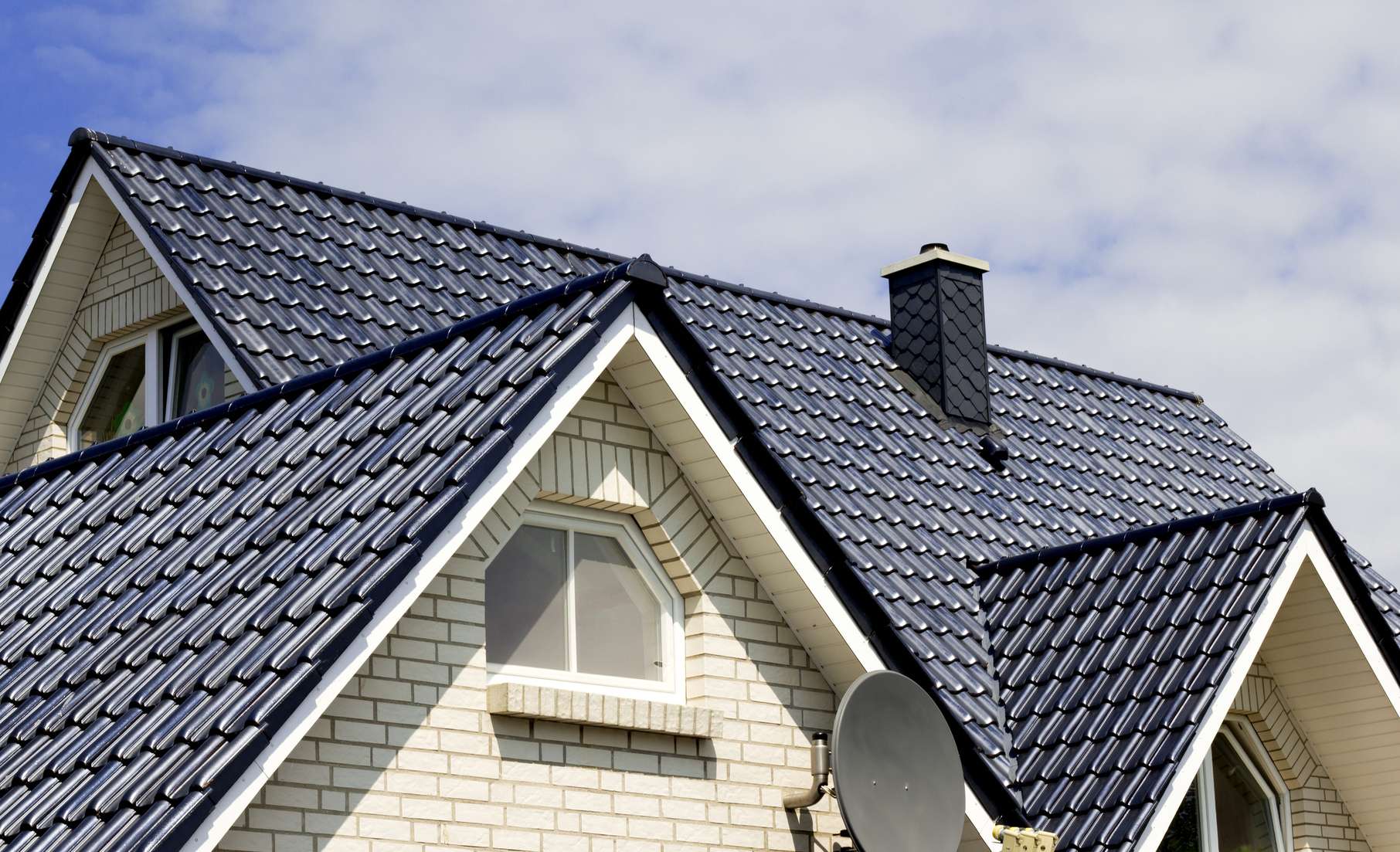
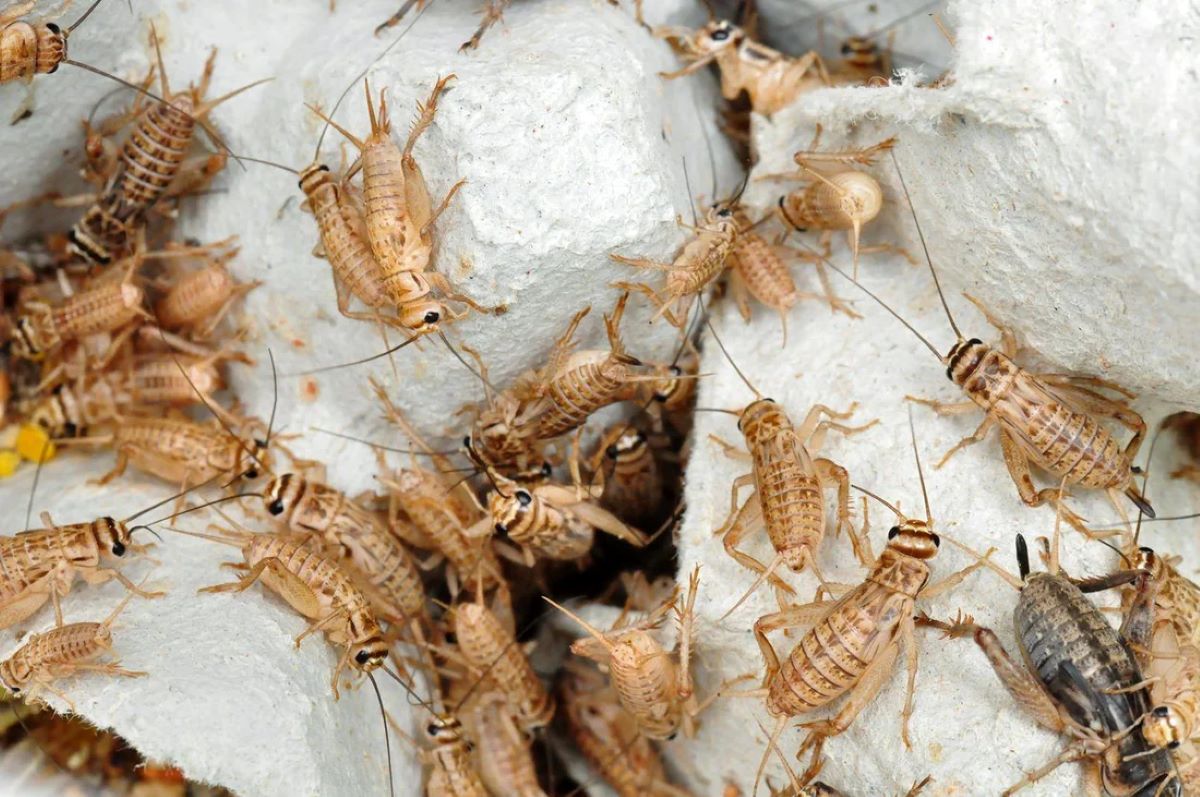
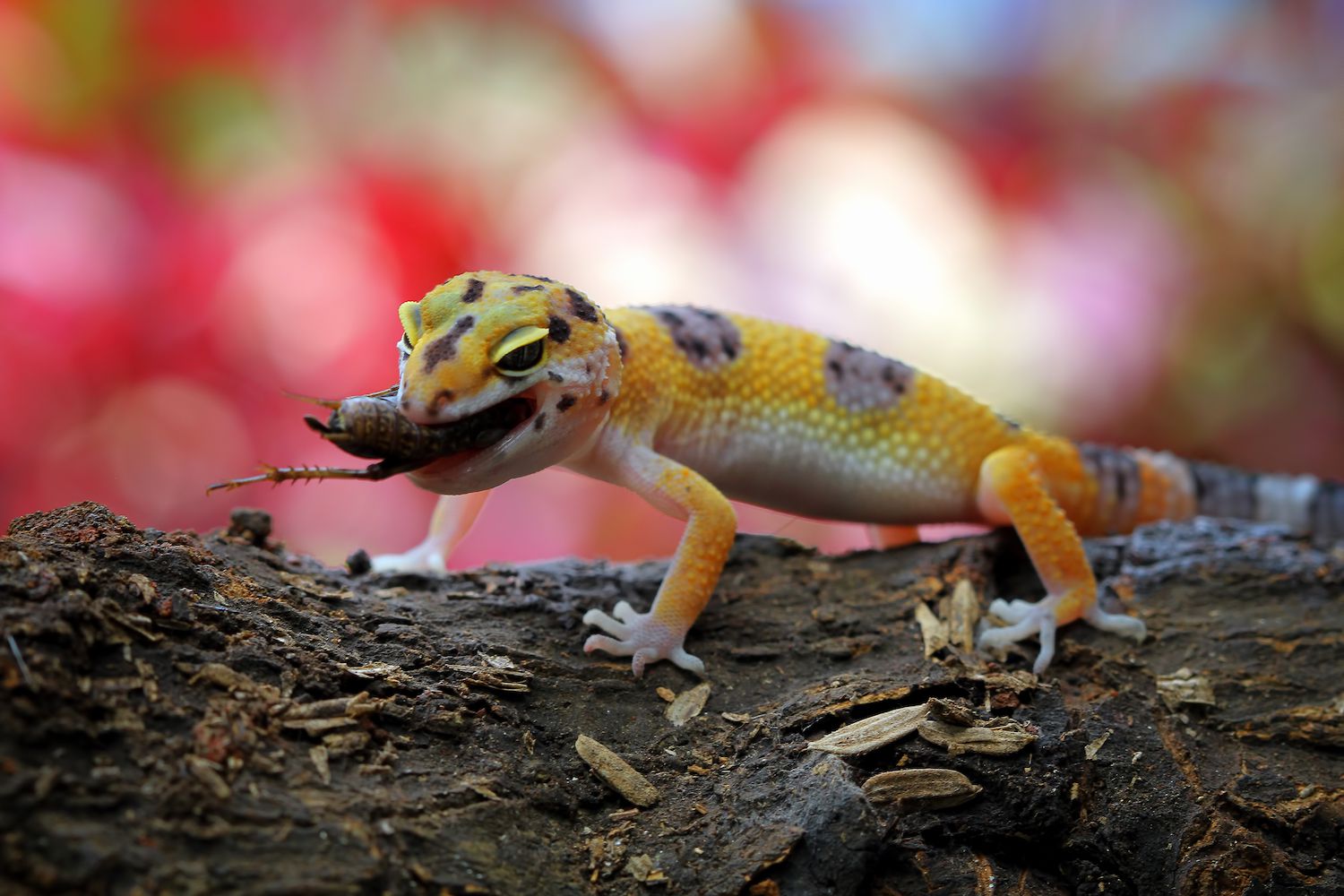
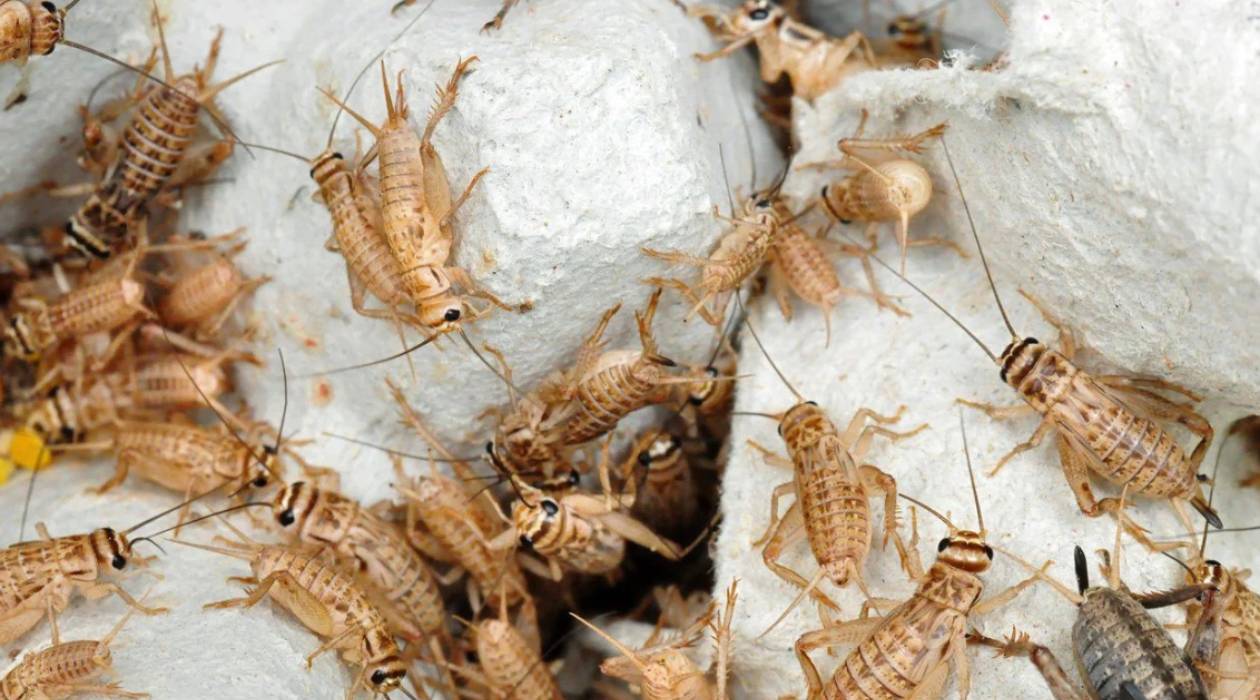
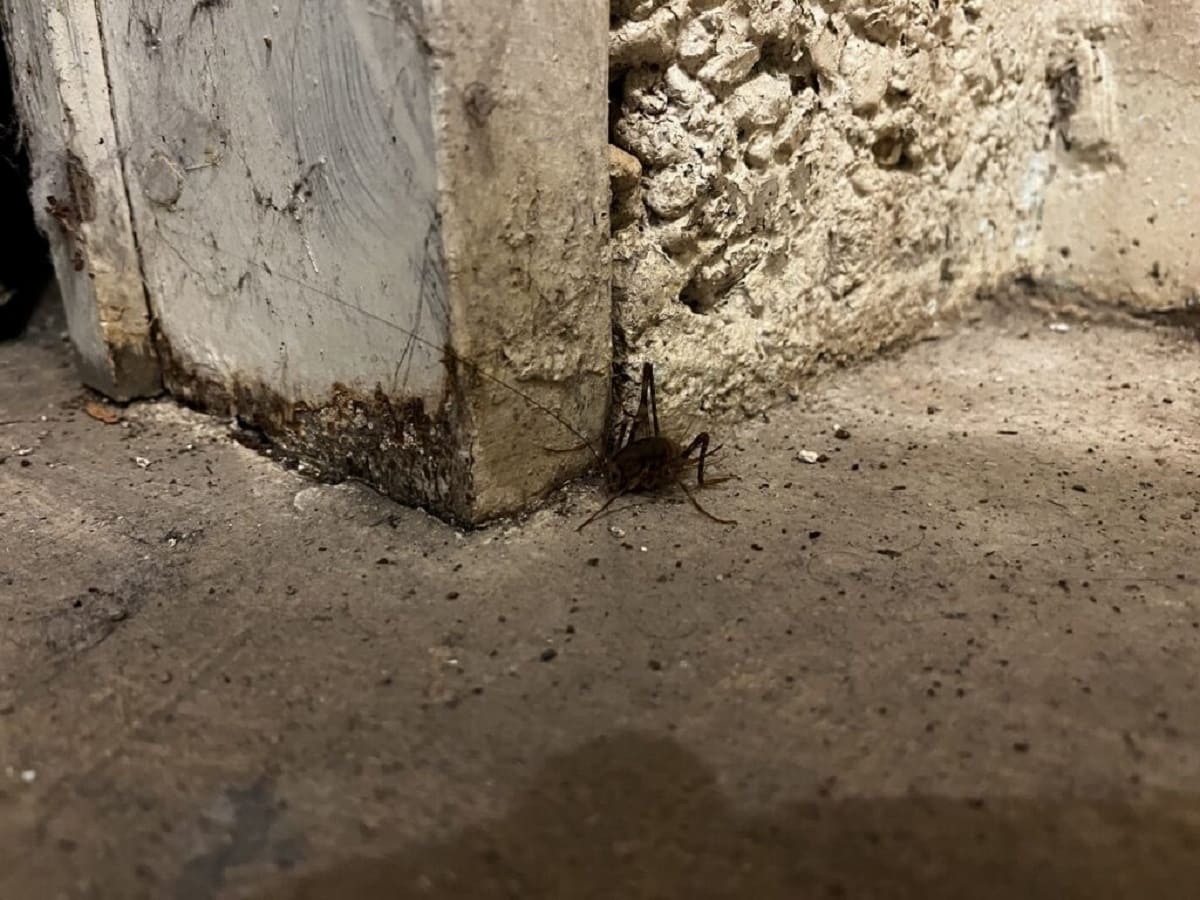
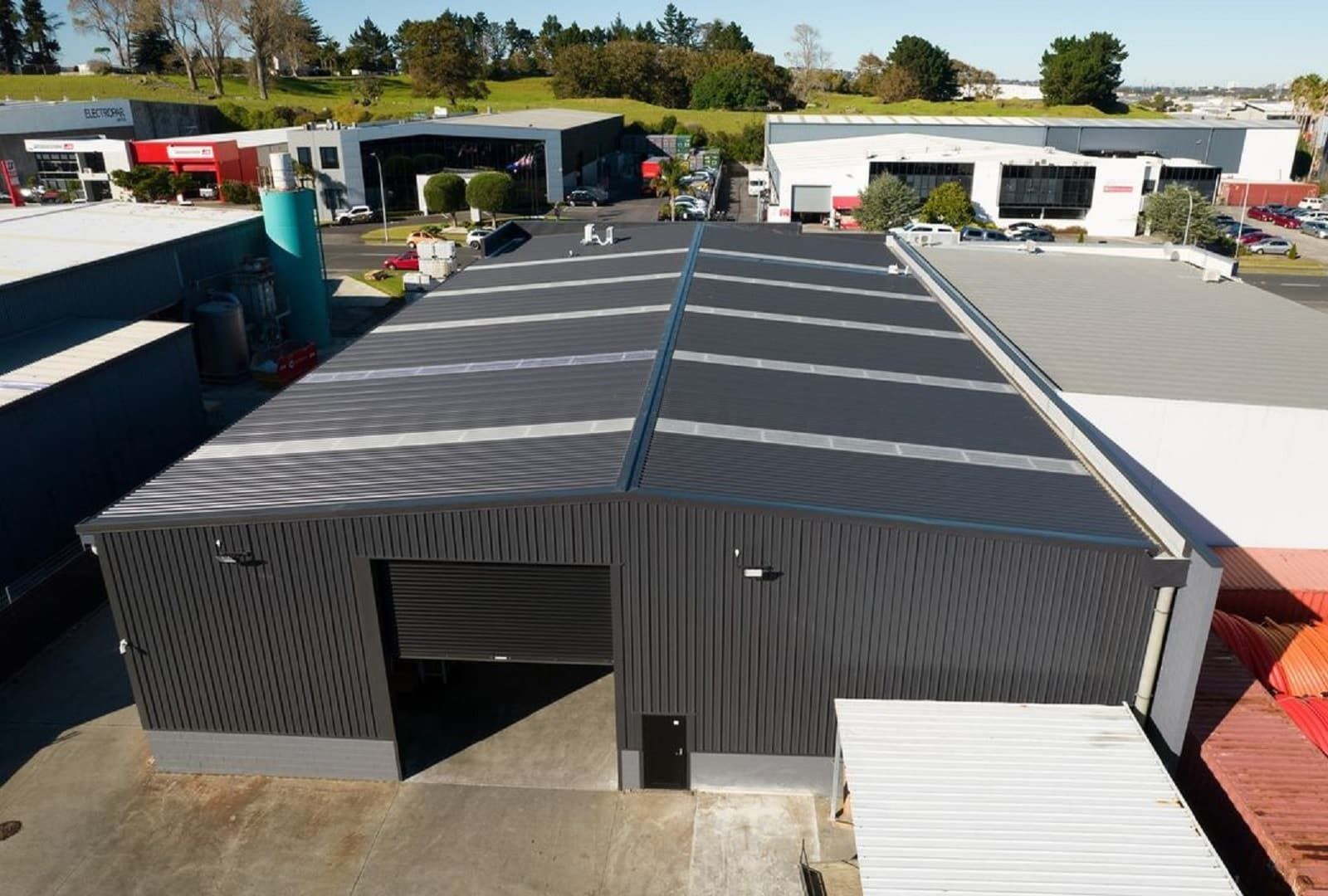
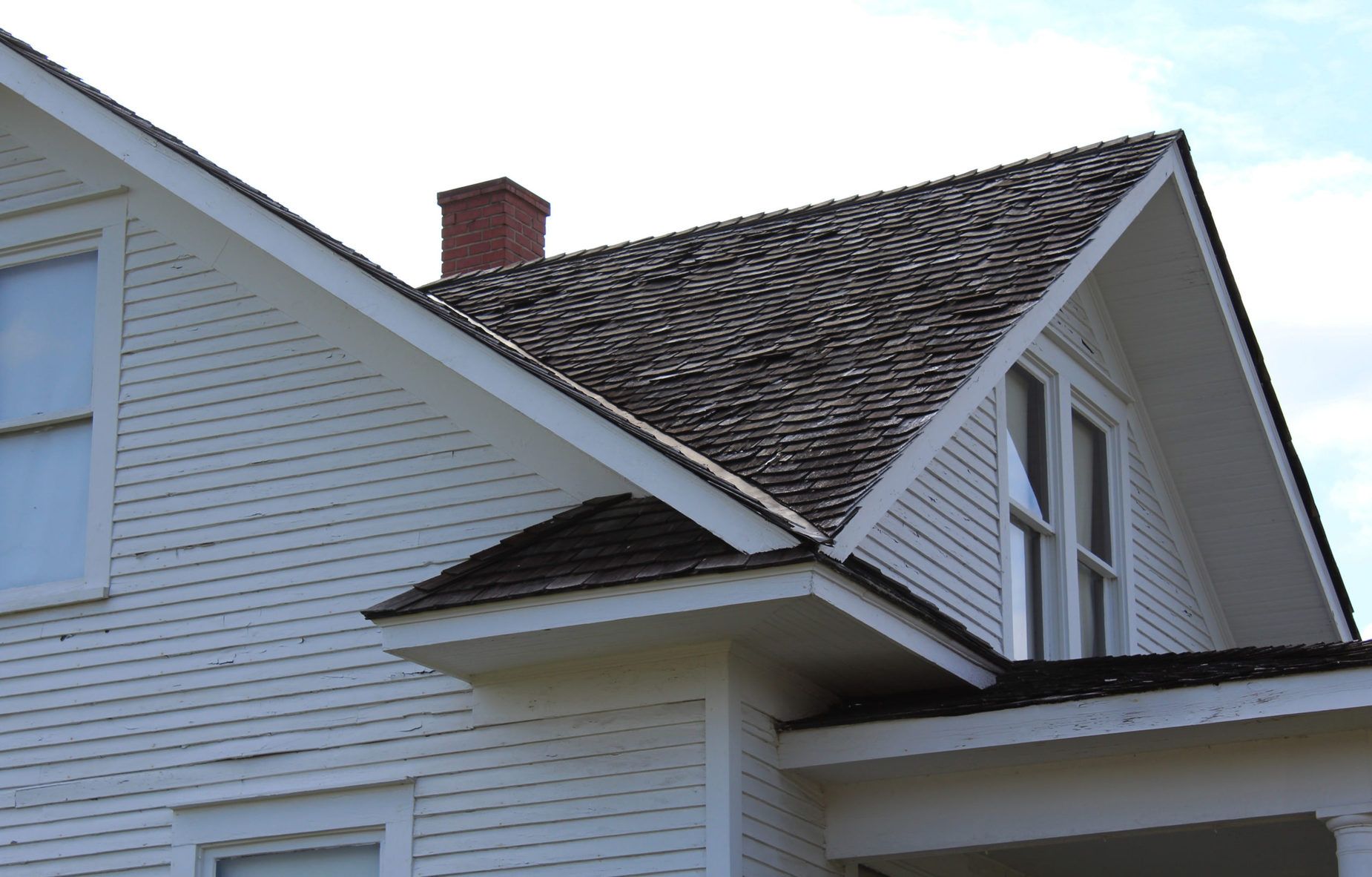
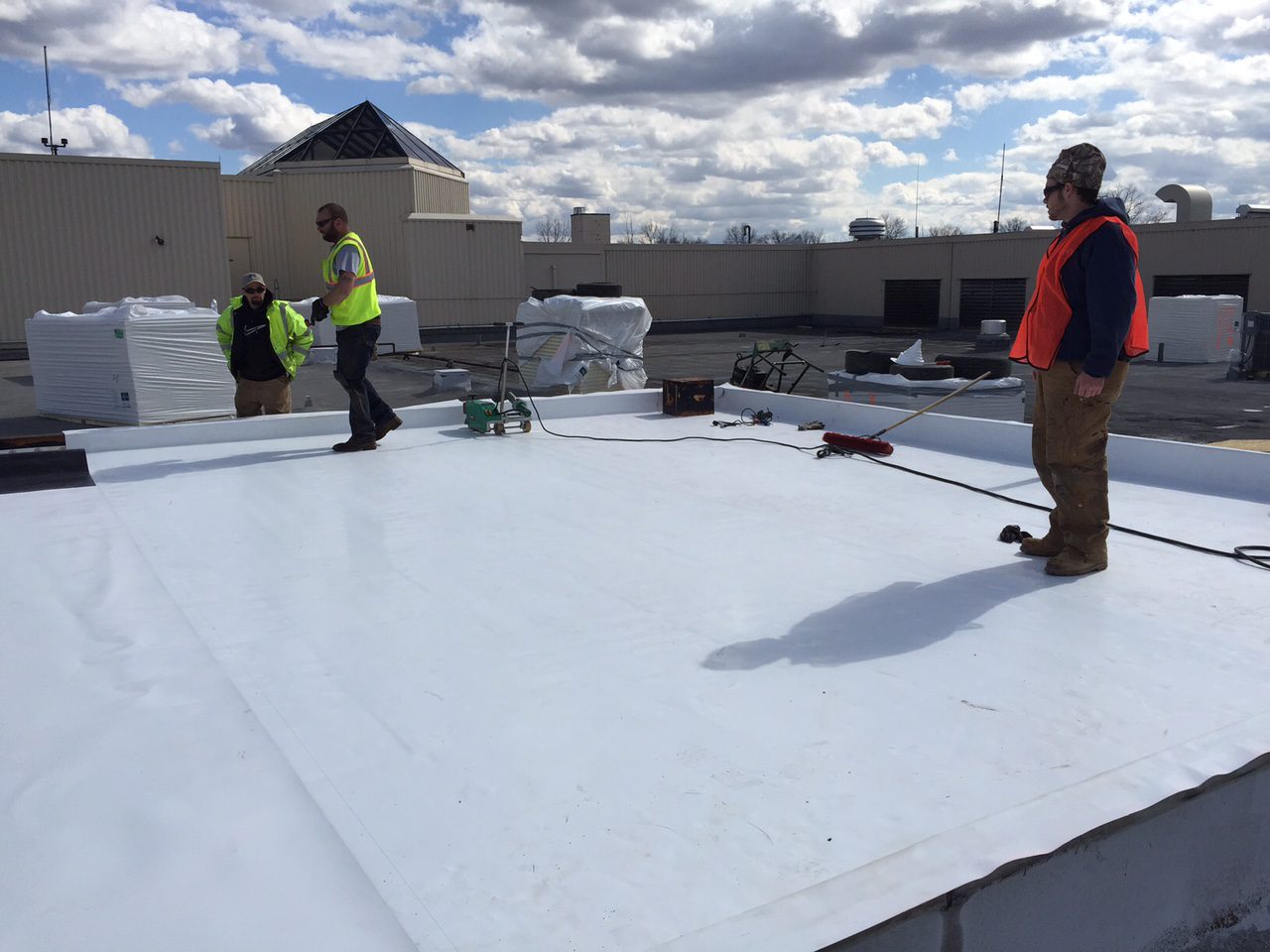
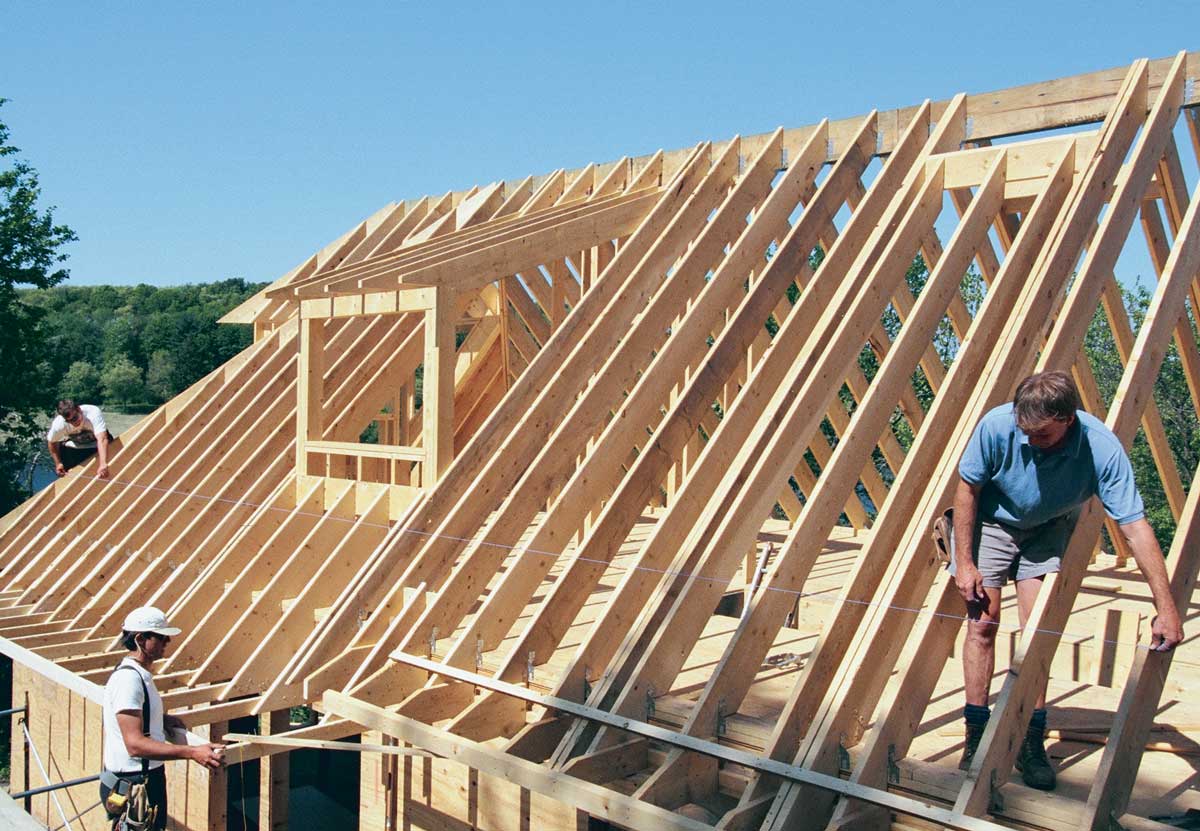
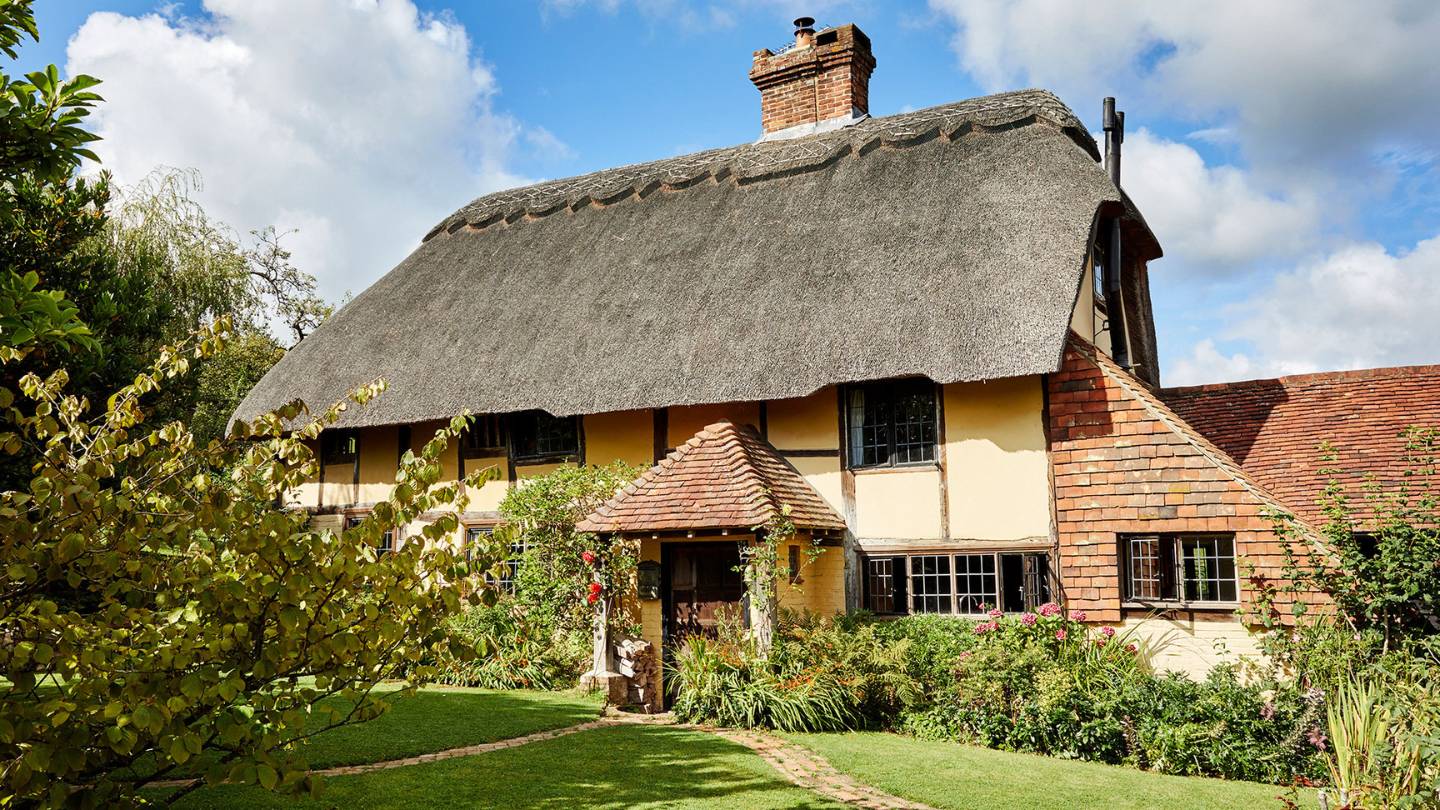
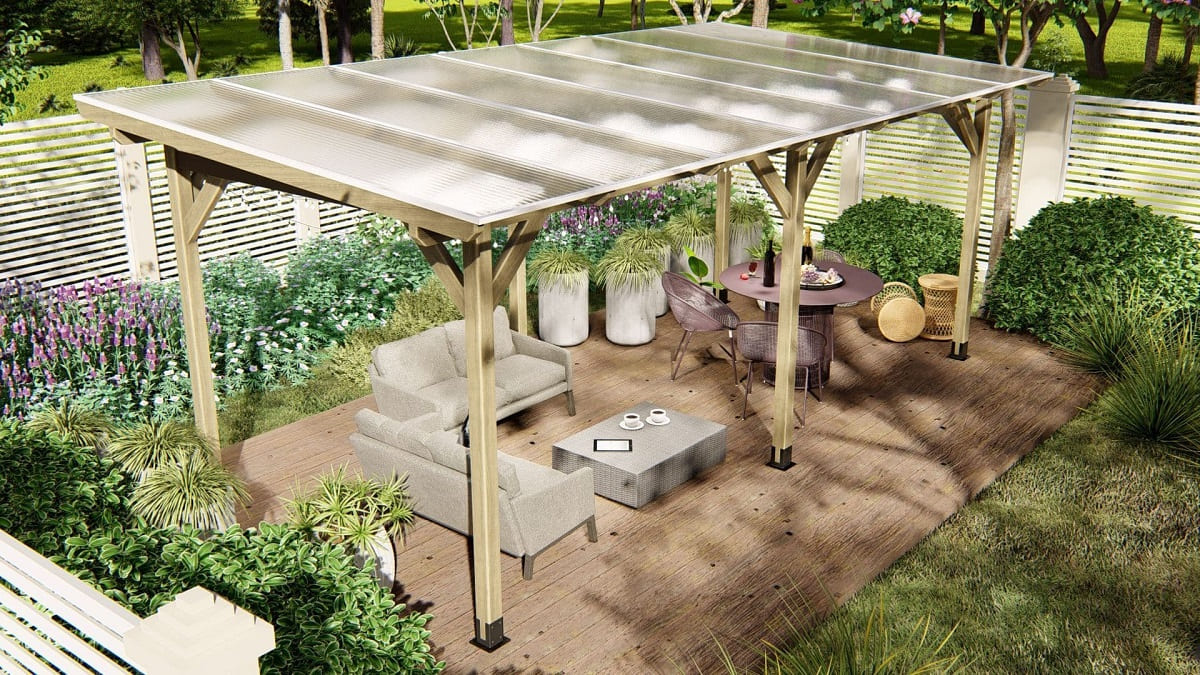
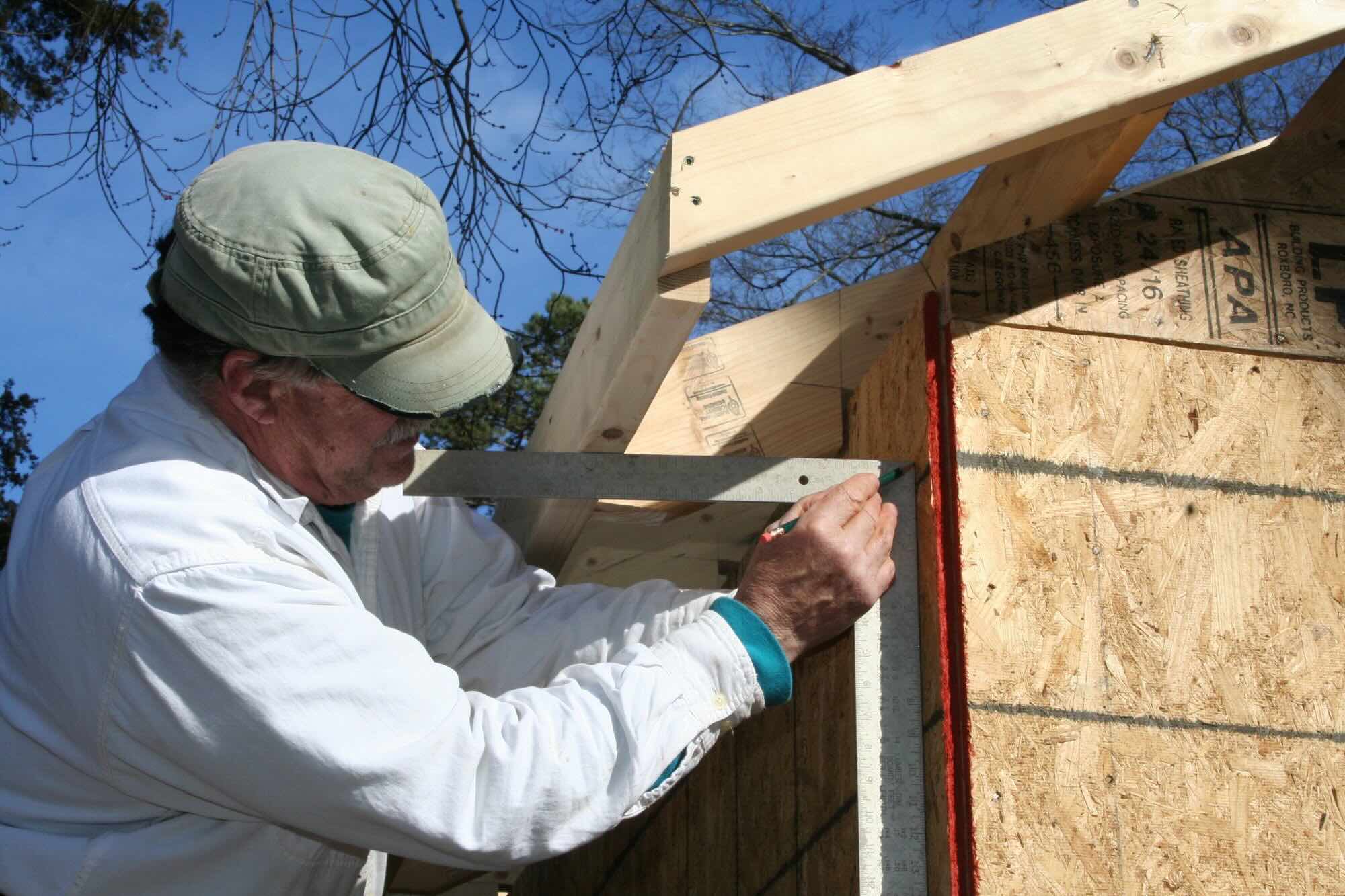
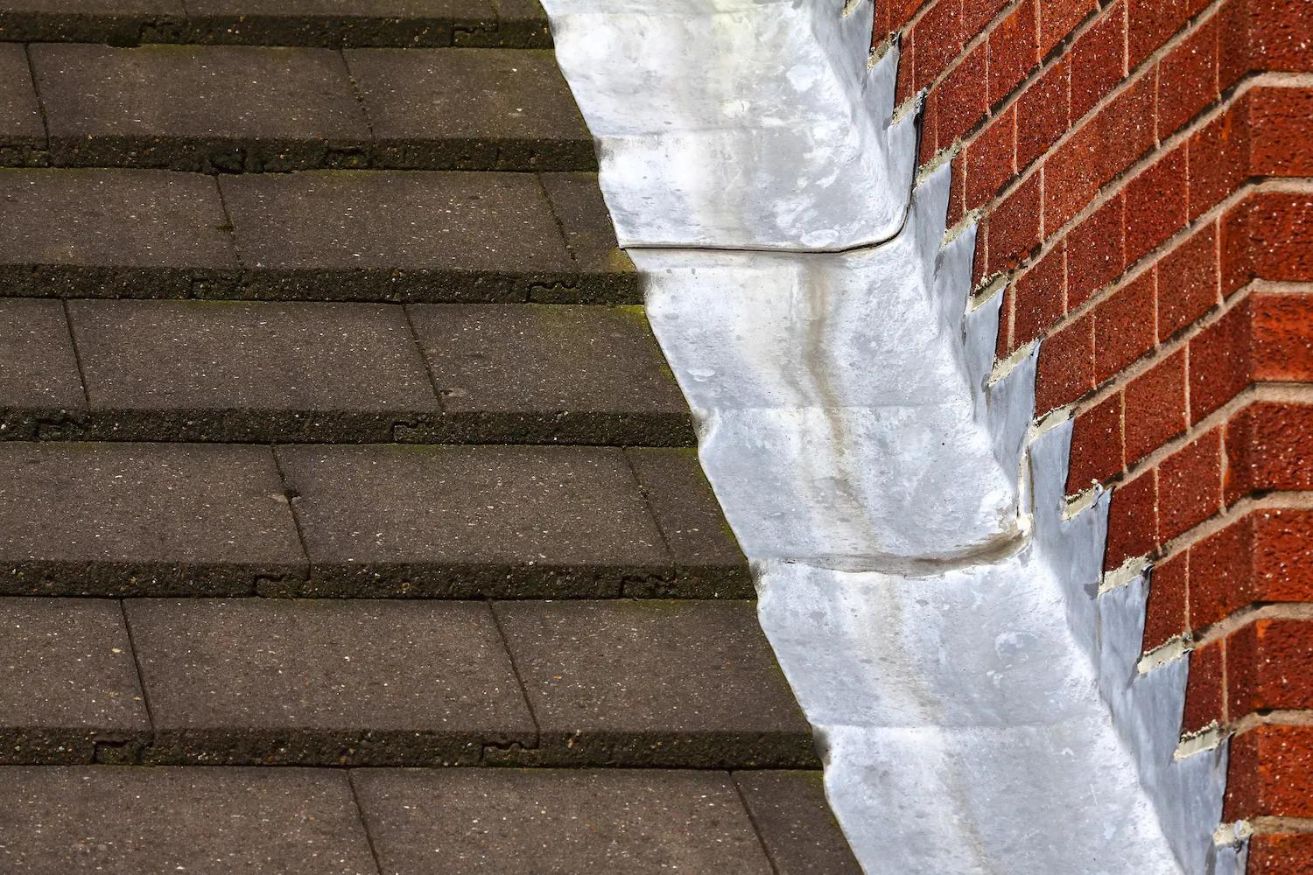

0 thoughts on “What Is A Roof Cricket In Construction”